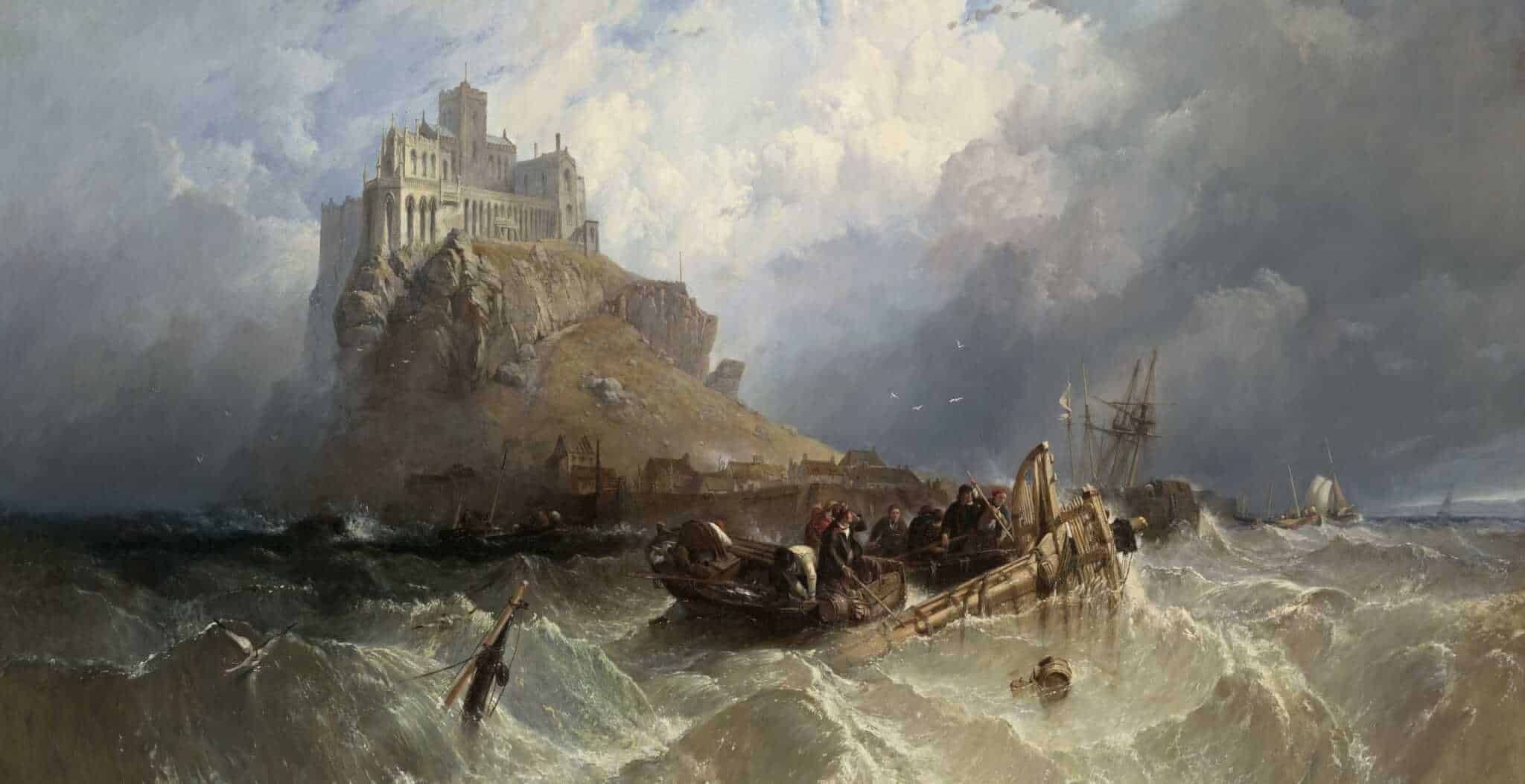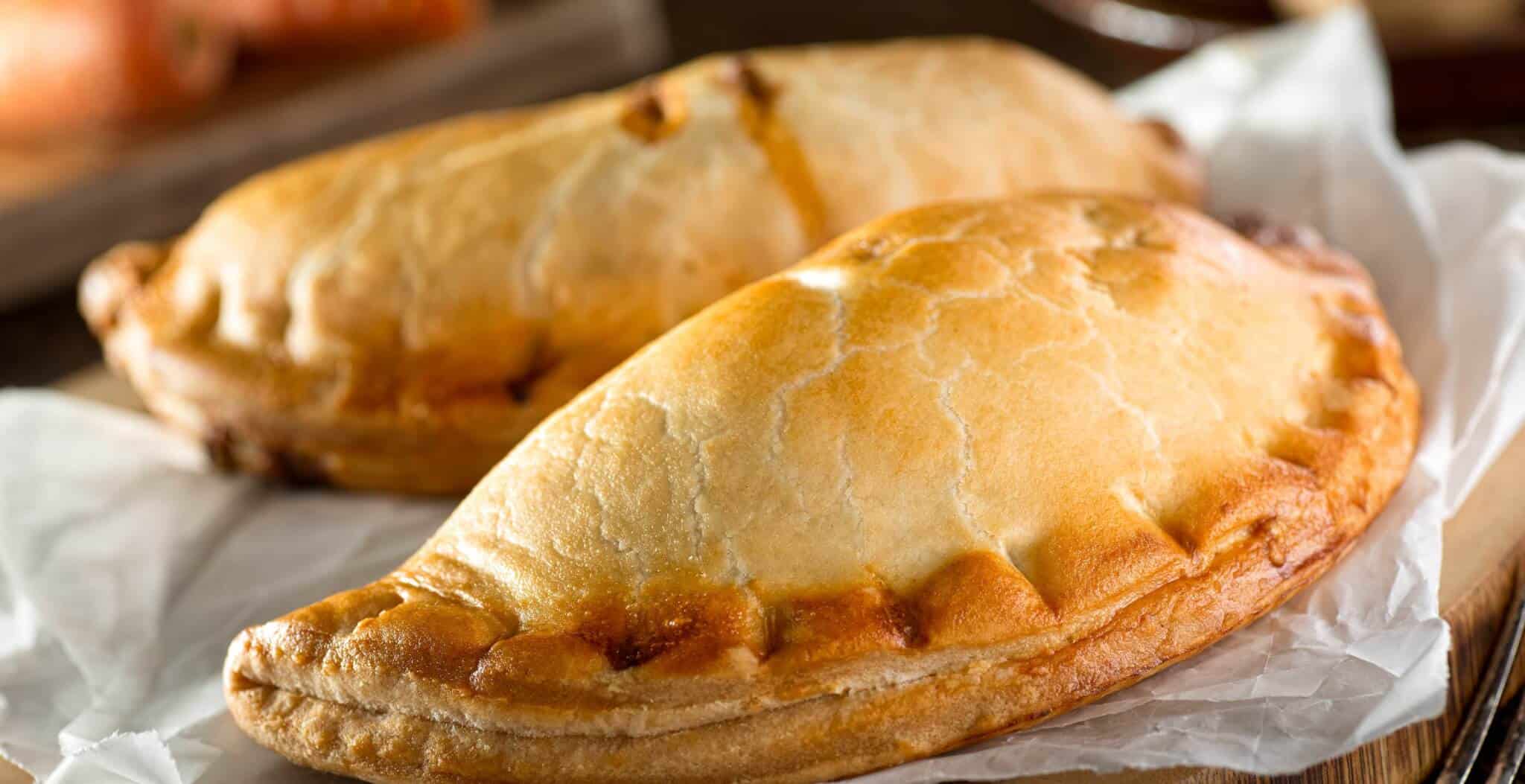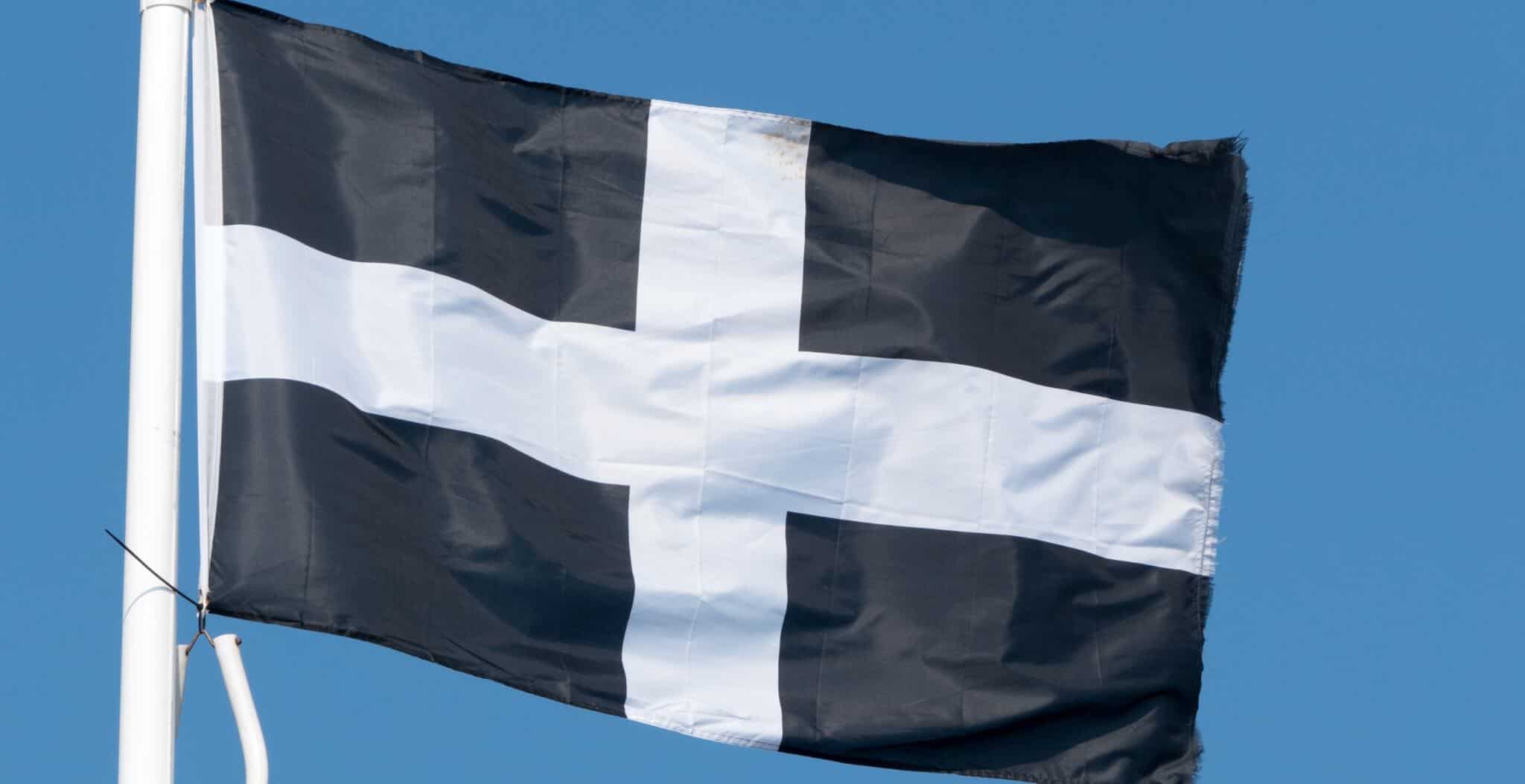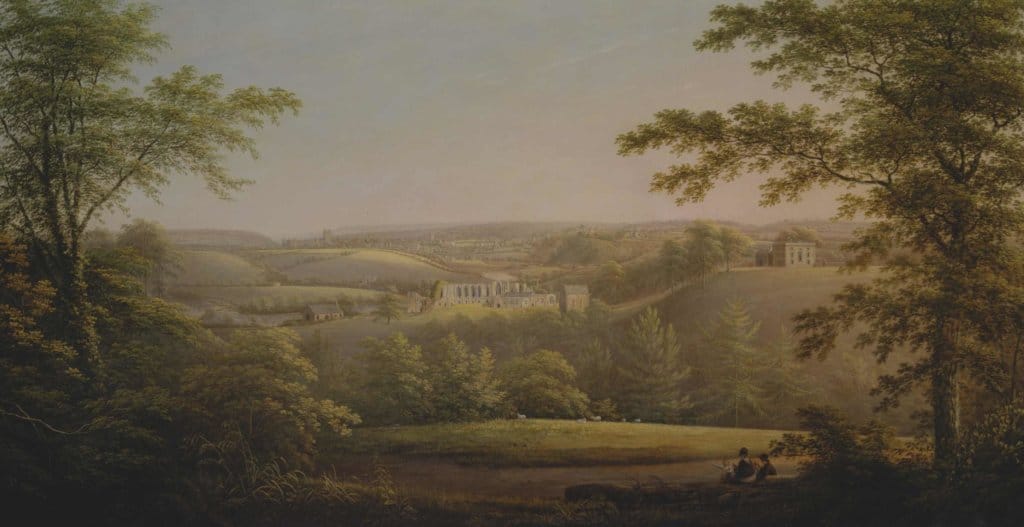This March 5th, mark St Piran’s Day, the national day of Cornwall, by wishing your neighbours “Lowen dydh sen Pyran!”.
According to the 2011 census data, there are 100 different languages spoken in England and Wales, ranging from the well known to almost forgotten. The census results show that 33 people on the Isle of Man said their main language was Manx Gaelic, a language officially recorded as extinct in 1974, and 58 people said Scottish Gaelic, spoken mainly in the Highlands and western Islands of Scotland. Over 562,000 people named Welsh as their main language.
Whilst many British people are aware of Welsh and Gaelic, few have heard of ‘Cornish’ as a separate language, despite the fact that on the census, as many as 557 people listed their main language as ‘Cornish’.
So why do the Cornish have their own language? To understand, we have to look at the history of this relatively remote, south western region of England.
Cornwall has long felt a closer affinity with the European Celtic nations than with the rest of England. Derived from the Brythonic languages, the Cornish language has common roots with both Breton and Welsh.
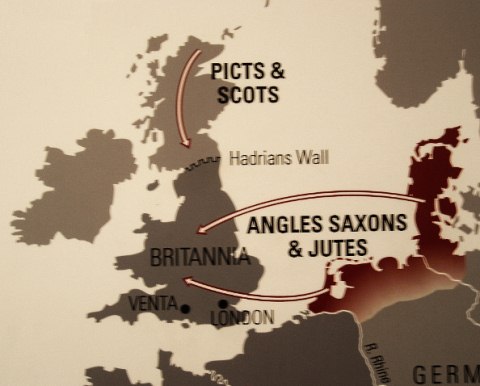
The words ‘Cornwall’ and ‘Cornish’ are derived from the Celtic Cornovii tribe who inhabited modern-day Cornwall prior to the Roman conquest. The Anglo-Saxon invasion of Britain in the 5th to 6th centuries pushed the Celts further to the western fringes of Great Britain. It was however the influx of Celtic Christian missionaries from Ireland and Wales in the 5th and 6th centuries that shaped the culture and faith of the early Cornish people.
These missionaries, many of whom were later venerated as saints, settled on the shores of Cornwall and began converting small groups of local people to Christianity. Their names live on today in Cornish place names, and over 200 ancient churches are dedicated to them.
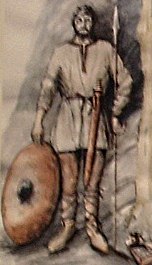 The Cornish were often at war with the West Saxons, who referred to them as the Westwalas (West Welsh) or Cornwalas (the Cornish). This continued until 936, when King Athelstan of England declared the River Tamar the formal boundary between the two, effectively making Cornwall one of the last retreats of the Britons, thus encouraging the development of a distinct Cornish identity. (Pictured right: Anglo-Saxon warrior)
The Cornish were often at war with the West Saxons, who referred to them as the Westwalas (West Welsh) or Cornwalas (the Cornish). This continued until 936, when King Athelstan of England declared the River Tamar the formal boundary between the two, effectively making Cornwall one of the last retreats of the Britons, thus encouraging the development of a distinct Cornish identity. (Pictured right: Anglo-Saxon warrior)
Throughout the Middle Ages, the Cornish were seen as a separate race or nation, distinct from their neighbours, with their own language, society and customs. The unsuccessful Cornish Rebellion of 1497 illustrates the Cornish feeling of ‘being separate’ from the rest of England.
During the early years of the new Tudor dynasty, the pretender Perkin Warbeck (who declared himself to be Richard, Duke of York, one of the Princes in the Tower), was threatening King Henry VII’s crown. With the support of the King of Scots, Warbeck invaded the north of England. The Cornish were asked to contribute to a tax to pay for the King’s campaign in the north. They refused to pay, as they considered the campaign had little to do with Cornwall. The rebels set out from Bodmin in May 1497, reaching the outskirts of London on June 16th. Some 15,000 rebels faced Henry VII’s army at the Battle of Blackheath; around 1,000 of the rebels were killed and their leaders put to death.
The Prayer Book Rebellion against the Act of Uniformity of 1549 was another example of the Cornish standing up for their culture and language. The Act of Uniformity outlawed all languages except English from Church services. The rebels declared that they wanted a return to the old religious services and practices, as some Cornishmen did not understand English. Over 4,000 people in the South West of England protested and were massacred by King Edward VI’s army at Fenny Bridges, near Honiton. This spread of English into the religious lives of the Cornish people is seen as one of the main factors in the demise of Cornish as the common language of the Cornish people.
As the Cornish language disappeared, so the people of Cornwall underwent a process of English assimilation.
However a Celtic revival which started in the early 20th century has revitalised the Cornish language and the Cornish Celtic heritage. An increasing number of people are now studying the language. Cornish is taught in many schools and there is a weekly bilingual programme on BBC Radio Cornwall. In 2002 the Cornish language was granted official recognition under the European Charter for Regional or Minority Languages.
The Cornish language even appears in the film and the book, Legends of the Fall by American author Jim Harrison, which depicts the lives of a Cornish American family in the early 20th century.
Here are a few examples of everyday phrases in Cornish:
Good Morning: “Metten daa”
Good Evening: “Gothewhar daa”
Hello: “You”
Goodbye: “Anowre”
Published: 11th May 2015
